
CBRL is giving library members high-quality vegetable and edible flower seeds to start their own gardens.
Each household can take up to ten seed packets (one per variety).
Starting April 2nd 2024 you can pick up seeds at the following libraries:
- Baddeck
- Glace Bay
- Ingonish
- Louisbourg
- New Waterford
- North Sydney
- Sydney
2024 Seed Catalogue
Download the 2024 Seed Library Catalogue (pdf) or browse the list below.

2024 Seed Catalogue
The Cape Breton Regional Library is proud to offer community members free access to high quality
vegetable seeds. The CBRL Seed Library project started five years ago with funding from the
Province of Nova Scotia. Grants from the Community Food Literacy and Access Fund helped
kickstart this food literacy project; dedicated staff and volunteers have enabled it to thrive.
Seeds are available to all residents of Cape Breton Regional Municipality and Victoria County with a
Cape Breton Regional Library Card, while supplies last. Library cards are always free: to sign up, visit
your local branch or go online at https://cbrl.ca/services/library-card-application/
Seed Library stations can be found at seven library branches: Baddeck Library, Glace Bay Library,
Ingonish Library, Louisbourg Library, McConnell Library, New Waterford Library, and North Sydney
Library. Each household may take one packet of up to 10 different seed varieties.
Many thanks to the wonderful staff at the Halifax Seed Company and Michelle Smith of Seeds of
Diversity, Cape Breton, for their seeds, guidance, and support.

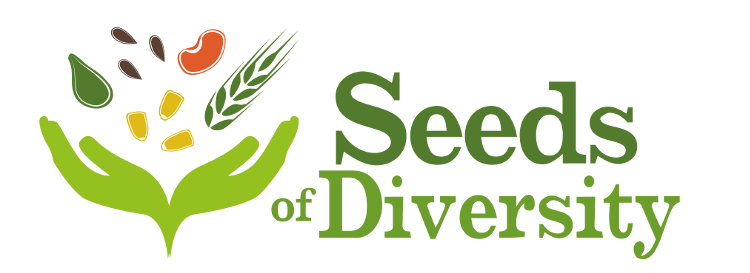
BEANS
Beans:
Beans are high in fibre, iron and essential minerals and form a complete protein when eaten with
grains. Easy to grow, beans also benefit your garden by converting nitrogen from the air into a form
usable by plants.
Growing Tips: Plant beans in well-drained soil after all danger of frost has passed. Sow seeds 2.5cm (1″) deep, 4 cm (1 ½”) apart, in rows 50cm (20″) apart. For a continual harvest of fresh beans, plant new rows every 10 days until mid-July. An application of Garden Legume Inoculant will offer increased yields. Avoid contact with bean plants when they are damp to prevent the spread of fungal diseases (Halifax Seed, 2021).

Baie Verte Bean (Heritage)
* Limited supply. Available only at Baddeck Library.
Originally grown by the Maliseet in New Brunswick, this First Nations heirloom is delicious as a green bean when picked young and excels as a dry bean in soups and casseroles. Semi-vining, staking is not really necessary but it works well in a Three Sisters planting system.
Seed Source: Seeds of Diversity; Photo Credit: Seeds of Diversity
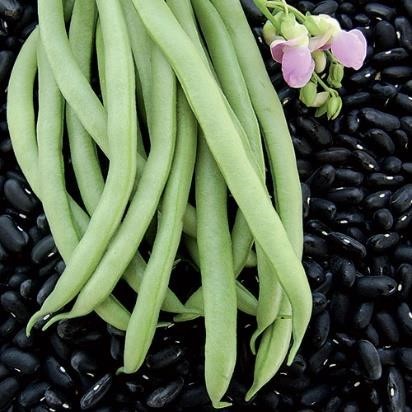
Black Valentine Bush Bean (Heritage)
* Limited supply. Available only at Baddeck Library.
These tender, slender green beans have been specially selected here in Cape Breton to be anthracnose and leaf blight resistant. Keep picking for maximum productivity.
Seed Source: Seed Savers; Photo Credit: Seeds of Diversity

Pencil Pod Black Wax Bean (Heritage)
This yellow variety produces excellent quality beans that are 15cm (6″) long, round to semi-round, slightly curved, fleshy and golden yellow. The busy plants reach 45-53cm (18-21″) in height and bear a tender bean that is delicious fresh or frozen.
Seed Source: Halifax Seed; Photo Credit: Urban Farmer
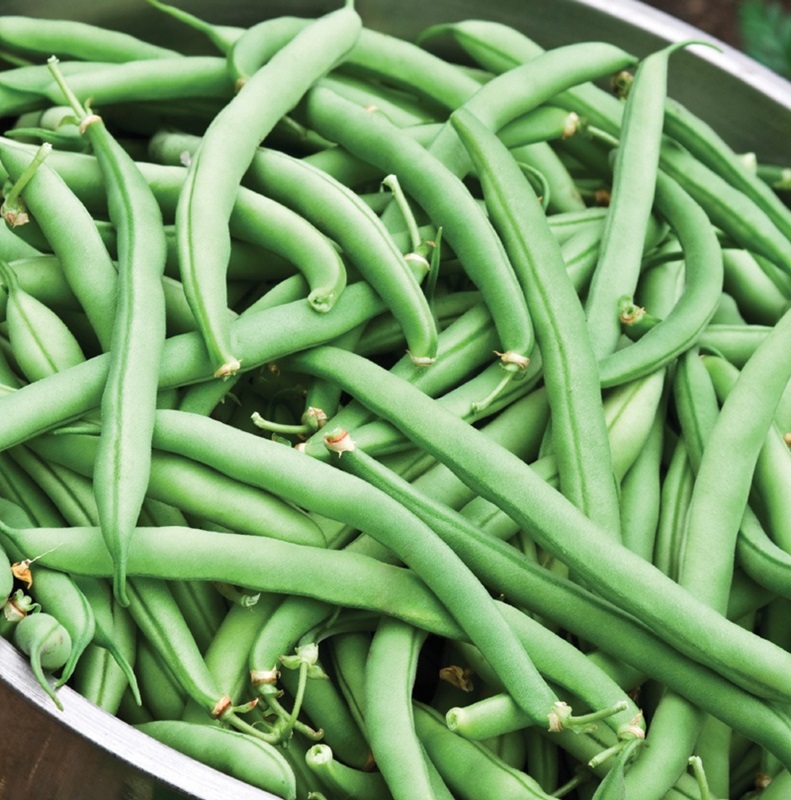
Improved Tendergreen Bean
High-yielding plants produce 15cm (6″) long, round, dark green beans that are tender and stringless. Resistant to Bean Mosaic Virus, this variety is delicious fresh, frozen or canned.
Seed Source: Halifax Seed; Photo Credit: Halifax Seed
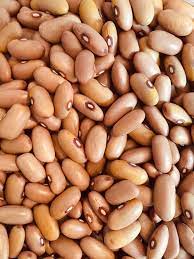
Horochuk Bean (Heritage)
* Limited supply. Available only at Baddeck Library.
This bean was brought to Cape Breton from Ukraine around 1906 by the Horochuk family. It is a vigorous pole bean, producing a heavy crop of yellow European style slicing beans. Must have a trellis or other support. Plant directly in ground in June. Seed depth 5cm (2″), with 15cm (6″) between plants. Install a sturdy trellis before you plant your pole beans.
Seed Source: Seeds of Diversity Cape Breton.

Iannetti Bean (Heritage)
* Limited supply. Available only at Baddeck Library.
This bean was brought to Cape Breton from Brittoli, Italy, around 1902 by the Iannetti family. It is a vigorous pole bean, producing a heavy crop of green European-style slicing beans. Must have a trellis or other support. Plant directly in ground in June. Seed depth 5cm (2″), with 15cm (6″) between plants. Install a sturdy trellis before you plant your pole beans.
Seed Source: Seeds of Diversity Cape Breton
COMPANION FLOWERS
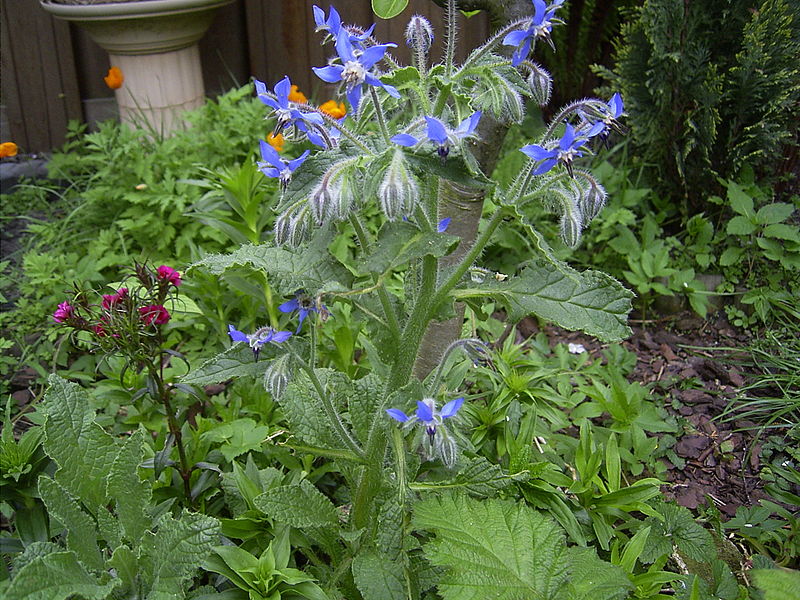
Borage (edible & attracts pollinators)
Borage is an easy to grow annual with large fuzzy leaves that have a cucumber flavour. The blue flowers can be used to add colour and taste to drinks and salads. Borage deters hornworm and cabbage worms, and is particularly useful planted near tomatoes and strawberries. Plant directly in ground after last frost. Seed depth 0.5-1cm (¼”-½”).
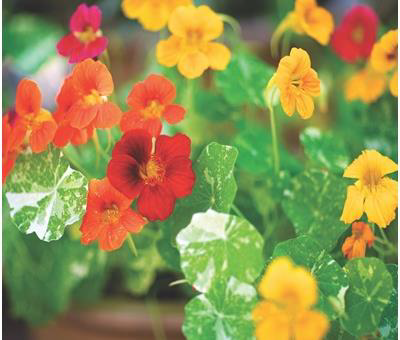
Nasturtium Jewel Double Mix (Heritage, edible)
Foliage and flowers are edible and often tossed in salads to add a peppery flavour. A natural companion in the vegetable garden, nasturtiums trap and discourage harmful insects. Jewel Dwarf Double Mix has a mounding growth habit that produces masses of brightly coloured orange and yellow double blooms.
Seed Source: Halifax Seed; Photo Credit: Halifax Seed
CUCUMBERS
Cucumber: Cucumbers thrive in warm humid weather. Their cool and juicy fruit is extremely refreshing and may be enjoyed sliced fresh, tossed in salads or preserved as pickles. As cucumbers mature relatively quickly, they are an ideal crop for cool gardens.
Growing Tips: Sow seeds indoors in peat pots and set out in sunny location when all danger of frost has passed and the soil has warmed to 18 to 21°C (65 to 70°F). To prevent transplant shock do not disturb the roots when transplanting. A layer of landscape fabric around the roots will encourage larger yields by suppressing weed growth and conserving soil heat and moisture. If seeding directly outdoors, sow seeds 4 cm (1 ½”-2”) apart, planting them about 0.5 to 1cm (¼” – ½”) deep. In small gardens conserve space by growing cucumbers vertically on a trellis (Halifax Seed, 2021).
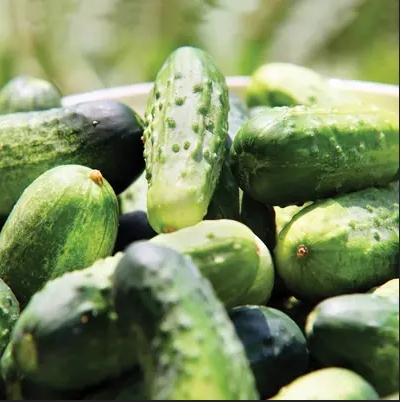
Wisconsin SMR-58 Cucumber (Pickling)
A popular pickling cucumber, Wisconsin SMR-58 produces a profusion of
15cm (6″) long and 6cm (2 ½”) wide fruits and are medium green, crisp and
straight. Naturally resistant to Cucumber Scab, Black Spot and are Mosaic
resistant.
Seed Source: Halifax Seed; Photo Credit: Halifax Seed
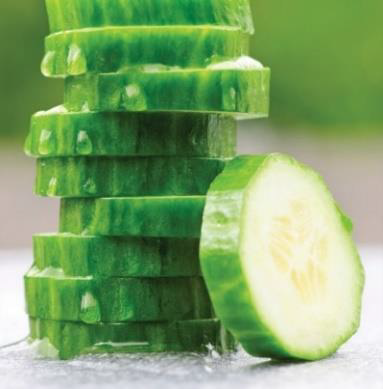
Straight 8 Cucumber (Slicing)
Produces a bounty of dark green 18-20cm (7-8″) long cucumbers that are tolerant to Cucumber Mosaic Virus. Trellis support an option.
Seed Source: Halifax Seed; Photo Credit: Halifax Seed
KALE
Kale: Kale is a cold weather vegetable whose flavour actually improves with the onset of winter! The leaves are rich in Vitamins A and C, potassium, iron and protein. Successive sowings from April through July will ensure a supply of healthy greens long after all others have succumbed to the cold (Halifax Seed, 2021).
Growing Tips: Start indoors April – May or direct sow May – June, Full – Part sun, plant height 12”, plant width 24”, 30-55 days to maturity. Suitable for containers.
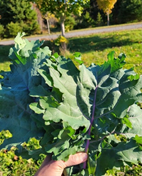
Organic Red Russian Kale
Limited supply. Available only at the McConnell Library, Sydney.
Kale can be planted three to five weeks prior to your area’s projected last frost date in the spring. It also can be planted in the late summer roughly six to eight weeks before your first fall frost. Seeds should germinate in 7-10 days. Sow 3-4 seeds 5mm (¼”) deep in each spot you where a plant is to grow. Thin to the strongest plant. Space 45-60cm (18-24”) apart in rows 75-90cm (30-36”) apart.
Seed Source: All Green Organic Farm, Little Bras D’Or; Photo credit: All Green Organic Farm
LETTUCE
Lettuce: Lettuce is one of the easiest vegetables to grow and does exceptionally well in our cool Maritime climate! To enjoy garden fresh salads from late spring to the end of autumn, plant several varieties and continue to sow seed every few weeks.
Growing Tips: Lettuce is very hardy and may be planted as soon as the ground can be worked in early spring. Seed may also be sown indoors 4 to 5 weeks prior to planting. If direct seeding, sow seeds about 2cm (1”) apart, 3-5mm (1/8”– ¼”) deep, spacing the rows 30-45cm (12-28”) apart (Halifax Seed, 2021).

Parris Island Cos Lettuce (Heritage)
Popular dark green strain of Cos lettuce (Romaine type). 25-30cm (10-12”) heads of slightly savoyed, dark green leaves with creamy white hearts. Popular for baby leaf. Best for spring and fall growing. Tolerant to tip-burn and mosaic, medium resistance to bolting. 66-70 days.
Seed Source: Halifax Seed; Photo Credit: Halifax Seed
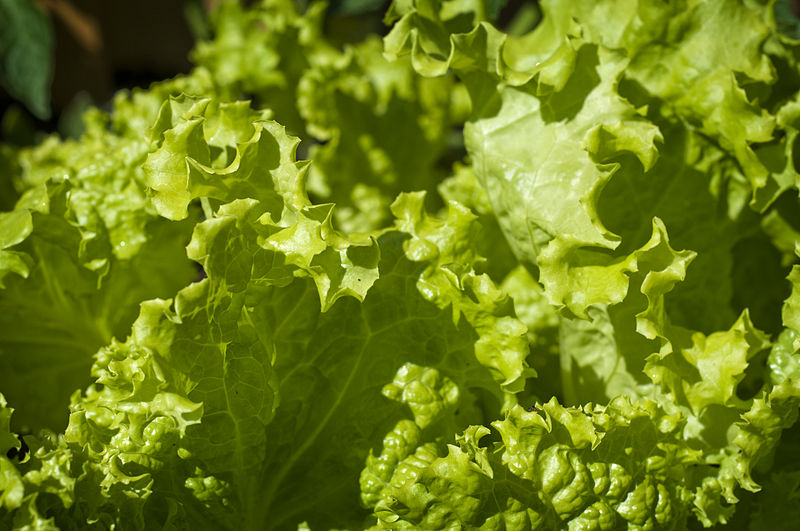
Grand Rapids Leaf Lettuce
A popular variety for early outdoor planting, or cold frames with medium-green, curly leaves and good taste. For spring and fall culture. Tip-burn resistant. 45 days.
Seed Source: William Dam Seeds; Photo Credit: Wikimedia Commons
PEAS
Peas: Peas have a high protein content and are a significant source of Vitamins.
Growing Tips: A cool weather crop that should be planted in early spring as soon as the garden has thawed and the soil is workable. Sow seeds 1-2cm (½”-1)” apart in 10-15cm (4-6”) wide double rows that are spaced 60cm (24”) apart. Place a support trellis between the rows and do not thin the emerging seedlings. Fertilize at planting time with a fertilizer high in phosphorous and potassium (Halifax Seed, 2021).

Sugar Ann
Edible pod, bush type. One of the sweetest tasting peas! Sugar Ann is an early bush type that does not require staking. A great choice for smaller gardens or large containers. Enjoy edible pods shelled or whole. Perfect for freezing. Sugar Ann produces 2” pods on strong 24” plants. Direct sow in early spring, Full—Part sun. 56 days.
Seed Source: Halifax Seed; Photo Credit: Halifax Seed
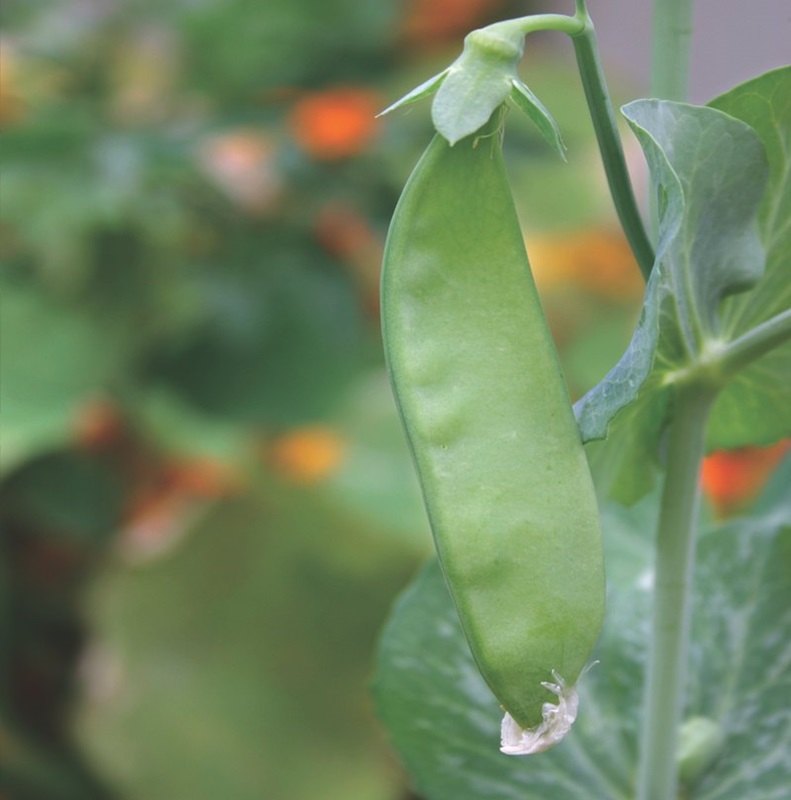
Grey Sugar Dwarf Snow Pea (Heritage)
Edible pod, Climbing type. This old-time favourite edible-pod snow pea has purple flowers. Though called Dwarf, the vines grow 5-6’ tall, so will definitely need support (fence or trellis). They produce 6-7cm (2 ½”-3″) flat pods that are pale green, sweet and stringless. Tasty fresh, sauteed or frozen. Direct sow May—June, Full—Part sun. 60 days.
Seed Source: Halifax Seed; Photo Credit: Halifax Seed
RADISH
Radish: Radishes are a fast-growing cool weather crop with brightly coloured roots packed with iron and potassium. As they are so quick to grow, radishes are often used in the garden as a row marker for slower germinating crops.
Growing Tips: Sow seed directly outside as soon as the soil can be worked in early spring. For a continual harvest, re-seed every 7 to 10 days throughout the growing season, planting seeds about 2cm (1”) apart, 6 mm (¼”) deep in rows spaced 30cm (12”) apart. Thin the seedlings to 4cm (1.5”) (Halifax Seed, 2021).
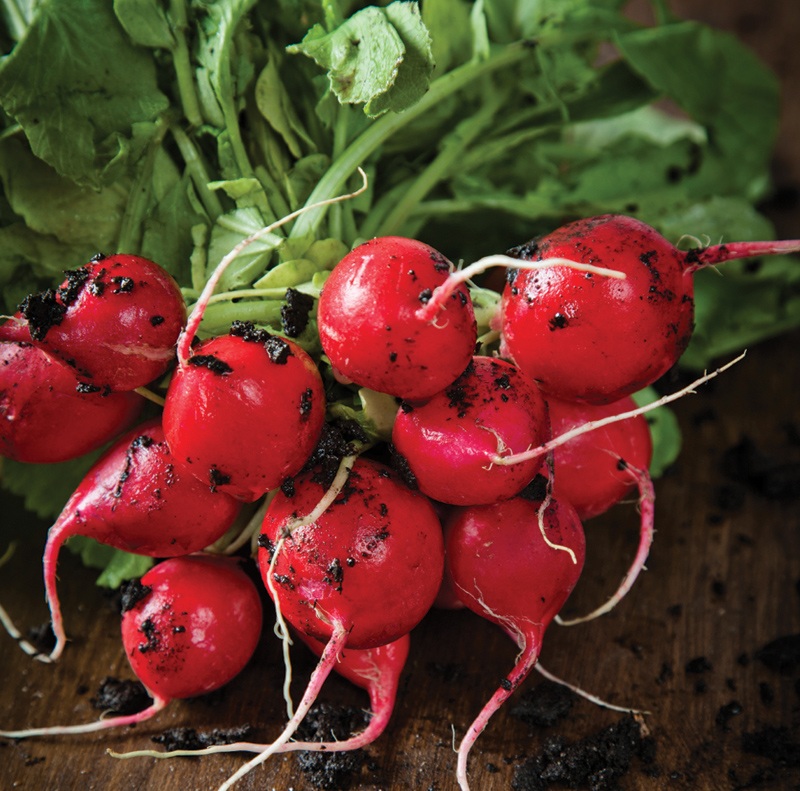
Cherry Belle Radish (Heritage)
One of the most popular radish varieties. Excels in early spring and fall and is good for cold frame growing. The globe to round-shaped roots have scarlet red skin and tasty white flesh. The tops grow 8cm (3″) tall. Direct sow periodically all season for continued harvest. Full – Part sun, 21-26 days.
Seed Source: Halifax Seed; Photo Credit: Halifax Seed
SQUASH & ZUCCHINI
Squash: There are two main types of squash. Summer squash grow on bush vines, have thin tender skin and are best eaten when still immature. They can be enjoyed in many ways, such as stir-fried, sautéed or barbecued. Winter squash grow on vigorous vines and are left on the plants to mature. Their skins are thick, hard and inedible, but allow them to be stored for long periods of time.
Growing Tips: Acorn squash are winter squash that thrive in well-drained soil that has been enriched with compost. Plant seed directly in the garden once all risk of frost has passed and the soil has warmed to 21°C. May be grown in rows with the seed planted 2cm (¾” – 1”) deep and 8-10 cm (3 to 4”) apart. Rows should be spaced 180cm (72”) apart and the seedlings thinned to 45 to 60cm (18-24”) once they have sprouted and are growing well. To plant in hills, sow 5 to 6 seeds per hill, thinning to 3 seedlings/mound. Space 180cm (72”) apart. Harvest before the heavy frosts by cutting the vine 15cm (6”) from the fruit (Halifax Seed, 2021).
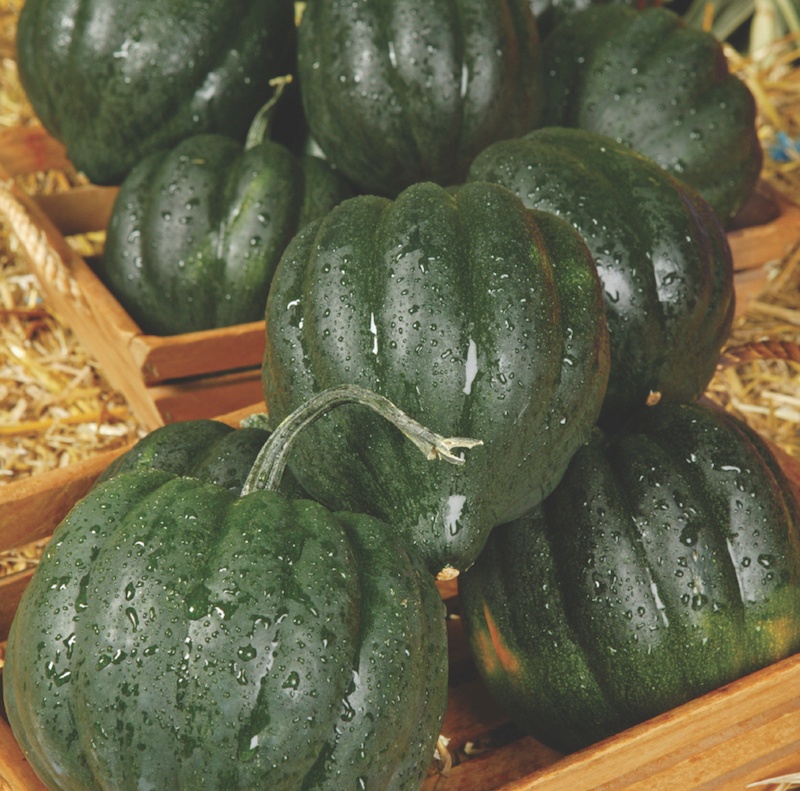
Table Queen Acorn Squash (Heritage)
This traditional acorn squash bears a generous harvest of dark green, grooved acorn-shaped fruits that measure approximately 13x10cm (4×5″). The medium thick flesh is pale orange, dry and sweet with a distinct flavour. Direct sow mid May – mid June. Full sun. 80 days.
Seed Source: Halifax Seed and William Dam Seeds, Photo Credit: Halifax Seed

Waltham Butternut Squash
Uniform 4-5 lb fruits have smooth, tan skin and delicious, smooth textured orange flesh that is excellent when baked or in soups. Stores well. Start indoors in May or direct sow in June, Full sun. Plant height 30-90cm (1-3’), on vines ranging from 1.8-4.5m (6-15)’. 100 days.
Seed Source: Halifax Seed; Photo Credit: Halifax Seed
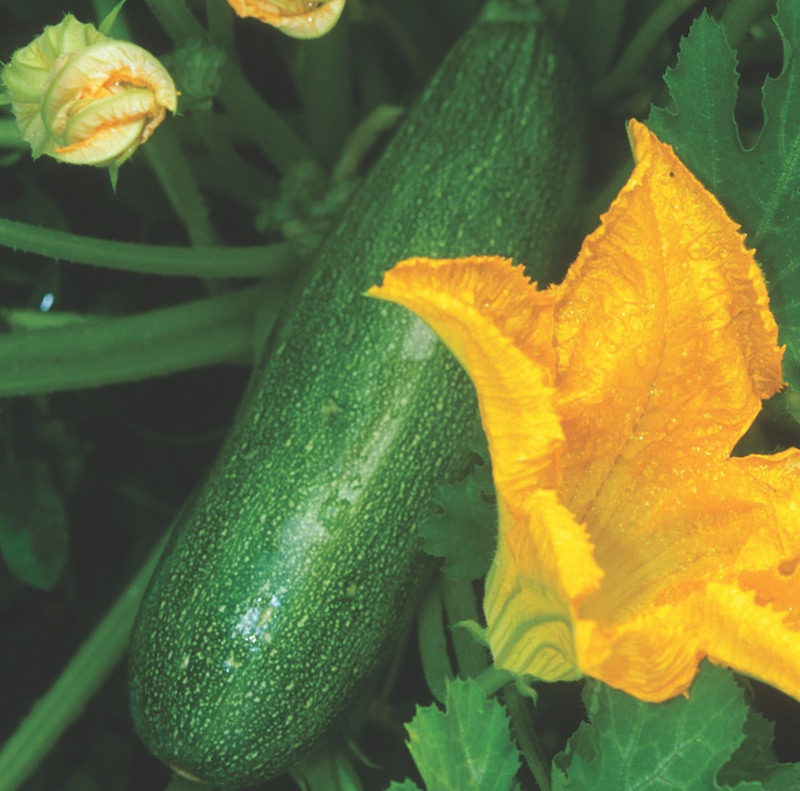
Black Beauty Zucchini (Heritage)
The dark green fruits of this versatile, delicious summer squash are borne on open bush-type plants, making them very easy to harvest. Flesh is light green in colour and delicately flavoured. Harvest the cylindrical fruits young for optimum tenderness.
Seed Source: Halifax Seed; Photo Credit: Halifax Seed
TOMATO
Tomatoes: Native to the Americas, the tomato is an excellent source of Vitamin C, iron and protein. In Northern gardens, it is important to grow varieties which ripen before the autumn frosts.
Growing Tips: Sow seeds indoors 6 to 8 weeks prior to the last spring frost. A soil temperature around 24°C will help encourage quick germination. Ensure that seedlings receive plenty of light to prevent them from becoming tall and leggy. To harden off the plants, set them outside during the day, bringing them back indoors at night when the temperature drops. Tomatoes love rich soil, so work generous amount of well-rotted manure or compost, and some garden lime to help prevent rot, into the soil before planting. Once all risk of frost has passed, plant the transplants in containers or in the garden, deep enough to cover the base of the stem if leggy, and spacing them 60-90cm (24-36”) apart (Halifax Seed, 2021).
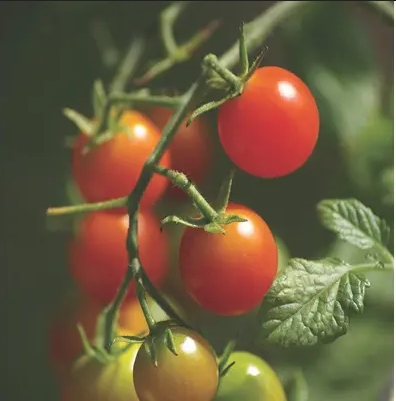
Red Cherry Tomato
The medium-large spreading plants of this cherry variety offer bright
scarlet cocktail tomatoes that are 3cm (1 1/2″) in size, round, firm and
very tasty. The fruits are held in large clusters, making them very easy to
pick. Requires support.
Seed Source: Halifax Seed; Photo credit: Halifax Seed
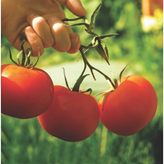
Scotia Tomato
A Maritime tradition, Scotia offers very early globe-shaped fruits that are medium-sized, smooth, firm and upon maturity turn deep red with slightly green shoulders. This dependable crop, a favourite ingredient for green tomato relish, is borne heavily on strong, determinate plants.
Source: Halifax Seed; Photo credit: Halifax Seed
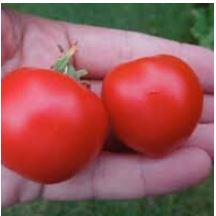
Sprint Tomato
* Limited supply. Available only at Baddeck Library.
A very early, cold-tolerant tomato, with a bright, fresh taste. Originally developed by Johnny’s Selected Seeds thirty years ago, it is no longer commercially available but has been preserved by a group of Cape Breton enthusiasts. Will keep setting fruit until killed by frost, even when the weather gets a bit cool. A semi-determinate, potato leaf variety that does well when allowed to sprawl but can be staked.
Seed Source: Seeds of Diversity; Photo credit: Colour Paradise Greenhouses
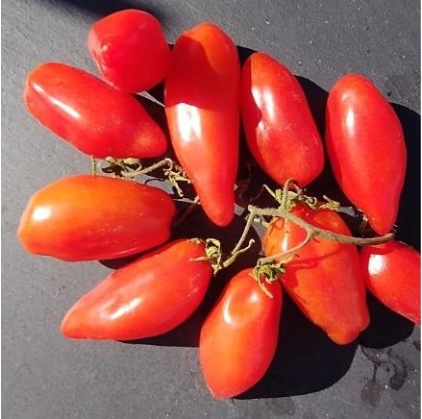
Tegucigalpa Tomato (Heritage)
Limited supply. Available only at the Baddeck Library.
A red sauce tomato that is also juicy enough for salad. Originated in
Honduras but well-adapted to Cape Breton; it was very productive even
in last year’s difficult summer! Benefits from staking.
Seed Source: Seeds of Diversity; Photo credit: Sow Diverse
Happy Gardening!